 UNDERSTANDING YOUR OPERATING ENVIRONMENT
UNDERSTANDING YOUR OPERATING ENVIRONMENT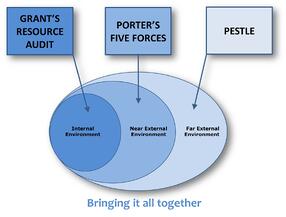
PULLING IT TOGETHER
In previous blogs, I’ve talked about businesses operating in 3 Environments, The Far, the Near and the Internal.
Here, I’m going to try to bring it all together.
Businesses are subject to pressures that come from outside that they have no control or influence over. This can include technological improvements, the status of the economy, and societal developments. While companies have no control over these factors, they can monitor, anticipate and plan for these factors and how they change. If they do this better than their competitors, they are at an advantage.
Businesses are also subject to pressures from competition, from suppliers, customers, the threat of new competitors and from substitute products and services. While businesses cannot directly control these factors, they can influence them. For example, they can reduce supplier power by becoming large operators, or by entering into long term relationships. They can affect customer power (the ability and likelihood of customers switching to a competitor) by becoming a high quality provider, thereby forcing customers to switch to a less able company if they do switch. They can (by monitoring technological and social factors among others, and fully understanding the customers’ needs and wants) anticipate substitute offerings and plan how to address them.
Organisations can acquire resources that are needed to be able to operate and compete in a market. But by developing the capability to use these resources more effectively and efficiently than their competitors they can gain advantage. They can leverage their resources and capabilities to achieve with scant resources what larger firms with ample resources do not.
The key to understanding how to operate in these three environments is to acknowledge that they are not separate. Instead, they are continuous, merging into each other and each having effect on the others.
For example – in Porter’s analysis of Market Competition, Supplier and Customer Power, we can see that having only a few organisations within a market puts several groups at a disadvantage. Suppliers have to deal with very large, very powerful companies who dictate terms. Customers can get a raw deal. So Governments, using Political means will enact Legal powers to limit the power of firms – to avoid monopolies. They may reduce the criteria for operating in the market in the short term, to reduce barriers to entry, and allow new businesses to set up. Or they may actively promote business start-ups with grants, because business activity is low and unemployment is high.
Being aware of these things allows us to make decisions about how we are going to compete. We may decide that we can’t compete in the standard service or product offering market – that the barriers to entering the market are too difficult to overcome. So we provide a substitute, which may be much easier to get off the ground.
AN EXAMPLE
Let’s suppose for example that you are a hairdresser, and you want to set up in business for yourself. In other words, you are a potential Business Start Up looking to begin your Small Business Plan.
PESTLE tells you that the government are offering grants for new start-ups and free training on how to develop a plan to get going. It also tells you that people have less money at the moment and so would welcome a cheaper alternative to what’s on offer in the area. It also says there are an awful lot of parents, particularly mums, who can’t leave their children while they get their hair done.
Porter’s 5 Forces allow you to see that there are lots of suppliers of equipment all vying for your business, so the prices of supplies are low. There are lots of potential customers at the moment, and some research that you have done tells you that they have little loyalty to the current offerings. In addition, there is little competition. Porter’s analysis also tells you that there are few substitutes available for the traditional salon experience.
Grant’s Resource and Capability Model tells you that:
- You have little money, and almost none for equipping a full salon.
- You have enough equipment (or can afford to buy it) to deal with only one customer at a time. You do have a large estate car.
- You have no brand, but your reputation is very good – you were senior stylist in a large salon in the town, and people know you.
- You have values which say that you will always strive to provide a personal, high quality experience for the customer.
- You are very knowledgeable about latest styles, techniques and methods.
- You are highly motivated to succeed – you are fed up with others benefitting from your hard work,
- You will be flexible and willing to work around other’s needs – your customers.
I don’t know about you, but it seems pretty clear to me that a Mobile Hair Salon is a good business model in this situation. It won’t have the costs of rent and rates of a salon, so it can afford to either: have much lower prices than a salon, or have much higher profits, or a little of each – slightly higher profits and slightly lower prices. And a grant to set up – which pays for the additional equipment needed, and help with getting a business plan together, which increases the chance of success.
The bottom line in all of this is to realise that although these models come from professors in Universities, we can make them work for us. And this applies to all business and organisations, from small start-ups creating a Business Start Up Plan, to more established businesses and organisations, looking to review and develop their Business Plan.
Use the models, apply them to your situation, use some common sense and a little imagination, and see what you come up with.
![]()
Click here to see the previous blog.
Or alternatively, click
to download the entire series of blogs in one article.


 UNDERSTANDING YOUR OPERATING ENVIRONMENT
UNDERSTANDING YOUR OPERATING ENVIRONMENT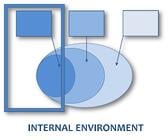
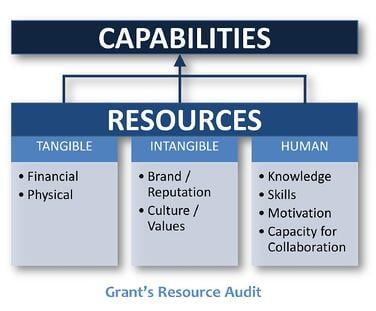
 UNDERSTANDING YOUR OPERATING ENVIRONMENT
UNDERSTANDING YOUR OPERATING ENVIRONMENT

 First, thanks for sticking with your business planning journey. I hope you have found the information useful so far.
First, thanks for sticking with your business planning journey. I hope you have found the information useful so far.
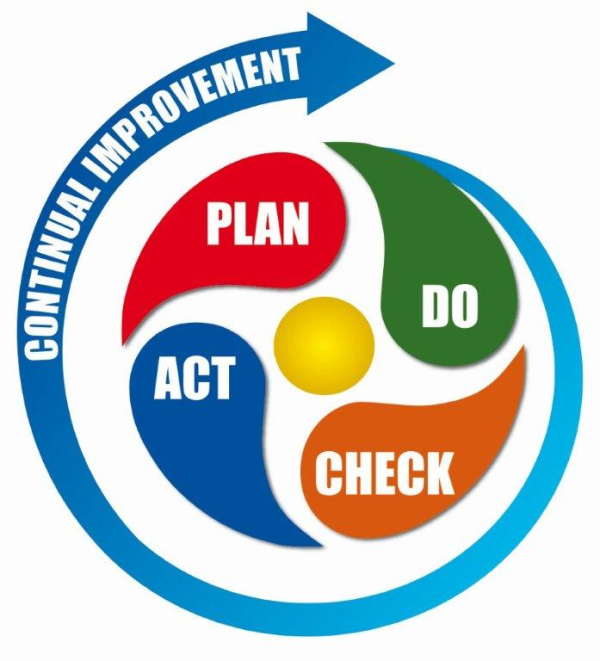 One of the core methodologies the we use at Results is the application of the Deming Plan-Do-Check-Act cycle. Briefly, this is about spending time planning an activity to maximise the chances of success.
One of the core methodologies the we use at Results is the application of the Deming Plan-Do-Check-Act cycle. Briefly, this is about spending time planning an activity to maximise the chances of success.
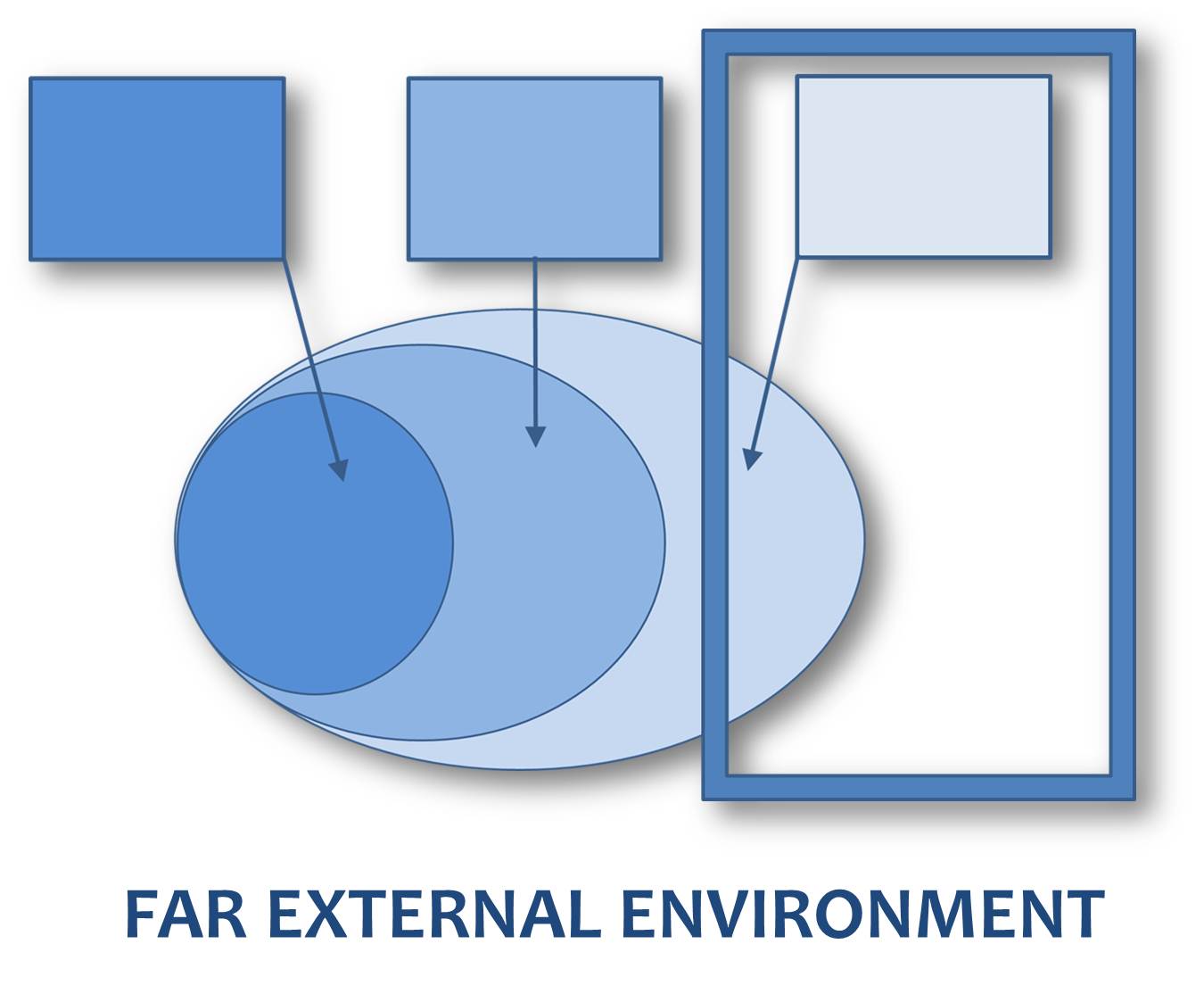
 The reason it’s called PESTLE is because, as you can probably see, the first letters of the Key Elements that you have to think about spell out PESTLE.
The reason it’s called PESTLE is because, as you can probably see, the first letters of the Key Elements that you have to think about spell out PESTLE.


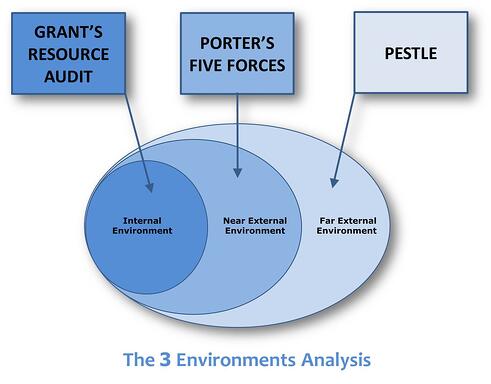

 When all the excitement has died down and your business is up and running, how are you going to ensure things stay that way?
When all the excitement has died down and your business is up and running, how are you going to ensure things stay that way?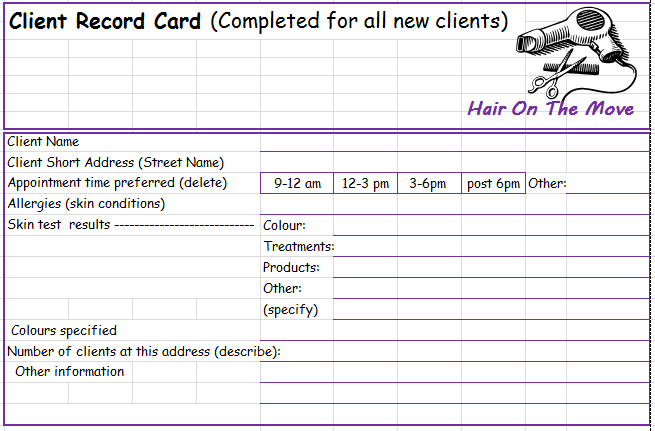
 Why should any perspective customer buy your product or service rather than your competitions?
Why should any perspective customer buy your product or service rather than your competitions? Introduction
Introduction

